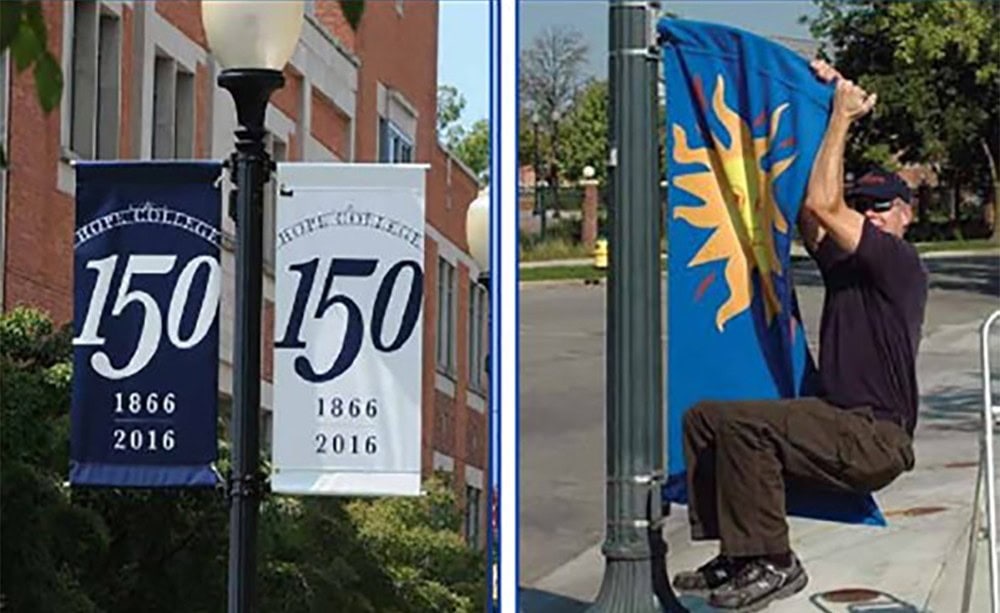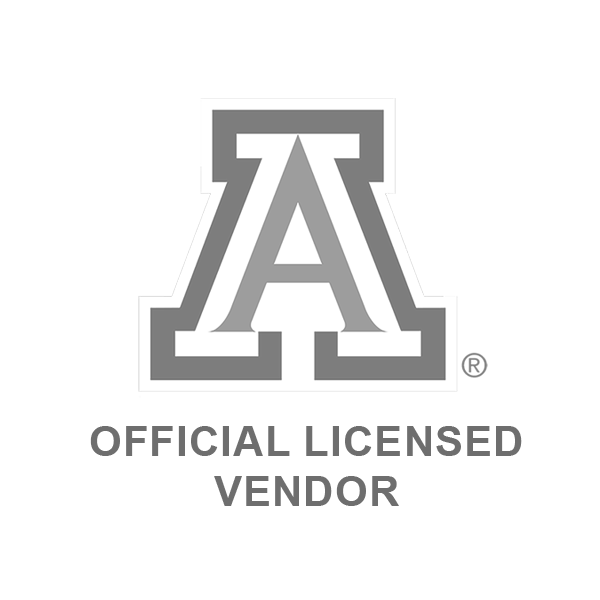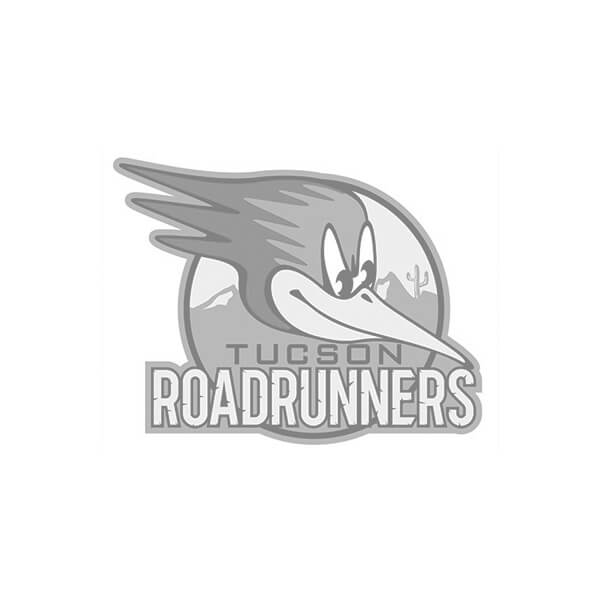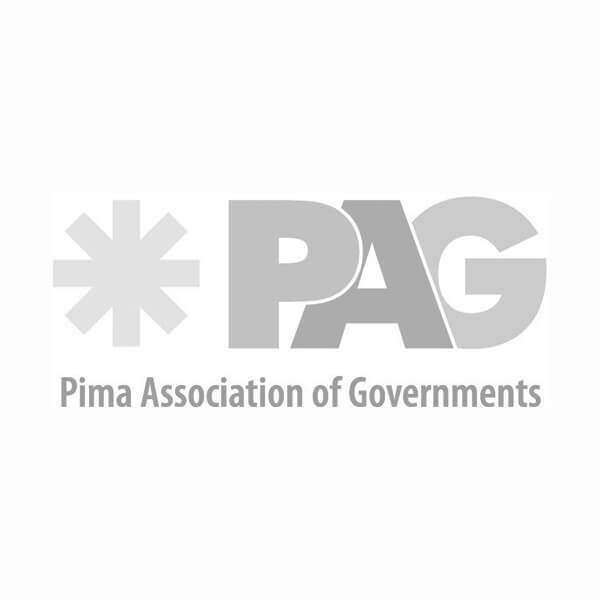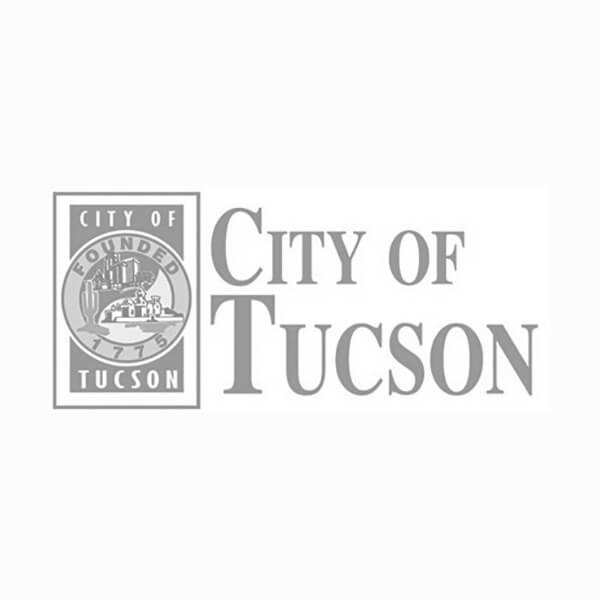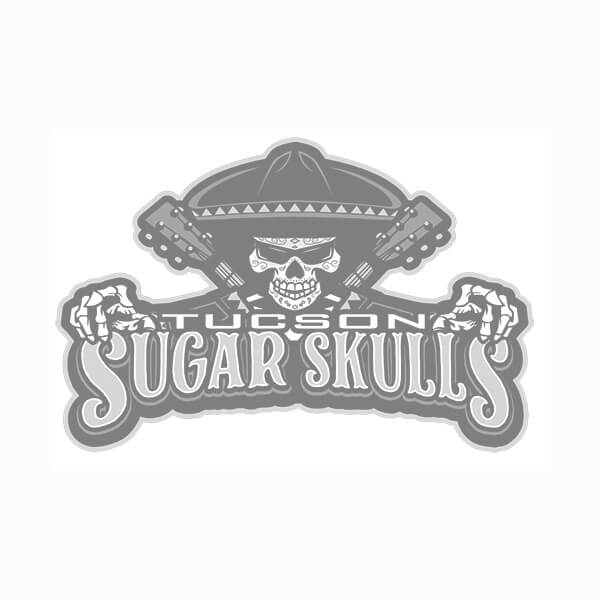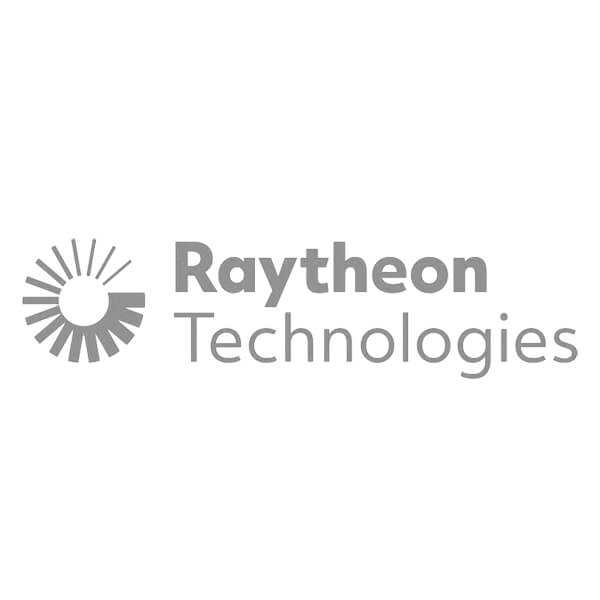GRAPHIC IMPACT
Street Banners in Tucson: Choose Heavyweight Vinyl and the Right Hardware for Long-Term Performance.
www.graphic-impact.com
by Graphic Impact – Where Innovation Meets Impressions
Why Tucson’s Climate Demands a Different Banner Strategy
In Tucson, no two months feel the same. Summer days can hit 115°F and drop to 75°F at night. That daily expansion and contraction is brutal on street banners and their mounting systems. Add in high UV levels, dust, and seasonal winds, and you’ve got a recipe for fading inks, sagging material, torn grommets, and bent brackets. The solution isn’t one single product—it’s the smart combination of heavyweight vinyl banner material and purpose-built hardware that stays taut, safe, and readable for months at a time.
Start with the Right Banner Material
Not all vinyl is created equal. For street and pole banners, step up from budget substrates and consider:
- 15–18 oz scrim vinyl (single-sided): A durable standard for many municipal projects. Thicker scrim resists tearing and stretching in heat.
- 18–20 oz blockout vinyl (double-sided): Ideal when you need graphics on both sides without show-through. The inner blockout layer preserves color accuracy.
- Mesh vinyl (8–10 oz): When wind loading is a concern, mesh allows airflow to reduce stress on poles and brackets while maintaining legible artwork.
Equally important are finishing methods. Heat-welded (RF) seams, reinforced hems with seatbelt webbing, and properly spaced nickel-plated grommets or pole pockets with webbing dramatically increase lifespan. Avoid simple taped hems on street applications; they’re no match for Tucson’s heat.
Ink Systems and UV Protection Matter
Extreme temperature swings wreak havoc on inks. Solvent, eco-solvent, latex, and UV-cured inks each behave differently in heat and sun. For Tucson, prioritize:
- High-durability inks rated for outdoor exposure and abrasion resistance.
- UV inhibitors and overlaminates/clear coats to slow fading, improve color pop, and add a barrier against dust and micro-scratching.
- Color profiles tuned for the specific vinyl—compatibility reduces cracking or mottling as materials expand and contract.
The result: your reds stay red, your blacks stay deep, and your brand guidelines remain intact through the hottest weeks.
Hardware: The Unsung Hero of a Taut Banner
Even the best material will sag if the hardware can’t counter daily expansion. Invest in components engineered for street and pole use:
- Powder-coated, rust-resistant brackets: Aluminum or galvanized steel built for UV and heat prevents corrosion and warping.
- Spring-loaded or fiberglass arm systems: These flex under gusts and return to tension, keeping banners tight and reducing stress at seams.
- Proper pole pocket diameter: Match pocket size to the arm; too tight causes binding, too loose invites flapping and frayed edges.
- Stainless steel banding and hardware: Heat and dust quickly degrade low-grade fasteners—don’t cut corners here.
When hardware and substrate work together, the banner stays taut through sunrise, midday scorchers, and cool evenings.
Design Choices That Improve Longevity
Great street banners balance impact with durability. A few practical design notes:
- Trim safe zones: Keep key text and logos away from hems, grommets, and pole pockets.
- Wind management: Prefer mesh or flexible arms over cutting wind slits, which can propagate tears in heat-stressed vinyl.
- Bold, high-contrast graphics: Simple, saturated colors read better at a distance and fade less noticeably.
- Double-sided strategy: If both sides are printed, use blockout vinyl to prevent ghosting and keep brand colors accurate.
Installation Best Practices for Tucson Streets
Correct installation is your first line of defense:
- Inspect poles and surfaces: Remove dust and debris; check for sharp edges that can chafe pockets.
- Use torque-controlled banding: Over-tightening distorts arms and under-tightening allows movement that leads to wear.
- Set even tension: Ensure both the top and bottom arms are aligned and tensioned so the banner hangs flat and taut.
- Document hardware: Record bracket type, banding size, and pocket dimensions—future replacements will be faster and more consistent.
Maintenance: The Real Test Over Time
Don’t judge a banner the day it goes up; judge it in month three when thermals, UV, and dust have done their work. A light maintenance plan extends service life:
- Quarterly inspections: Check tension, pockets, and seams; retighten banding if needed.
- Surface cleaning: Rinse dust and particulates that abrade coatings; use mild, vinyl-safe cleaners.
- Rotate or replace high-sun banners: South-facing exposures fade fastest; rotating panels equalizes wear.
These small steps keep banners looking fresh and prevent small issues from becoming failures.
Cost vs. Value: Why Heavyweight + Quality Hardware Wins
Budget vinyl and basic brackets can look fine for a week. But Tucson’s climate exposes corner-cutting quickly—sagging, curling, and faded graphics reflect poorly on your brand. Heavyweight vinyl paired with engineered hardware typically:
- Stays taut and readable longer (better impressions per dollar).
- Requires fewer emergency service calls (lower total cost of ownership).
- Preserves color integrity for consistent branding across campaigns.
Over the life of a campaign, the “premium” setup often costs less than repeated replacements.
Quick Specification Checklist
- Material: 18–20 oz blockout vinyl (double-sided) or 15–18 oz scrim (single-sided); mesh where wind is high.
- Finishing: RF-welded hems; seatbelt webbing; reinforced pole pockets; quality grommets where required.
- Ink/Protection: Outdoor-rated inks + UV inhibitors; consider clear coat or overlaminate.
- Hardware: Spring-loaded or fiberglass arms; powder-coated brackets; stainless banding.
- Install: Even tension; documented hardware specs; scheduled inspections.
FAQ
How long will a street banner last in Tucson?
With heavyweight vinyl, UV-resistant inks, and quality hardware, many programs run 6–12 months or more, depending on exposure and maintenance.
Do I need wind slits?
Often no. Mesh vinyl and flexible arm systems manage wind better and reduce tear points created by slits.
Single-sided or double-sided?
For pole banners on streets, double-sided blockout vinyl delivers clean graphics in both directions without show-through.
Bottom Line
In Tucson’s extreme climate, performance starts with heavyweight vinyl and is secured by the right tensioned hardware. Choose materials, inks, and brackets as a system, install with care, and maintain on schedule. That’s how street banners stay taut, vibrant, and on-brand—long after the first day they go up.


